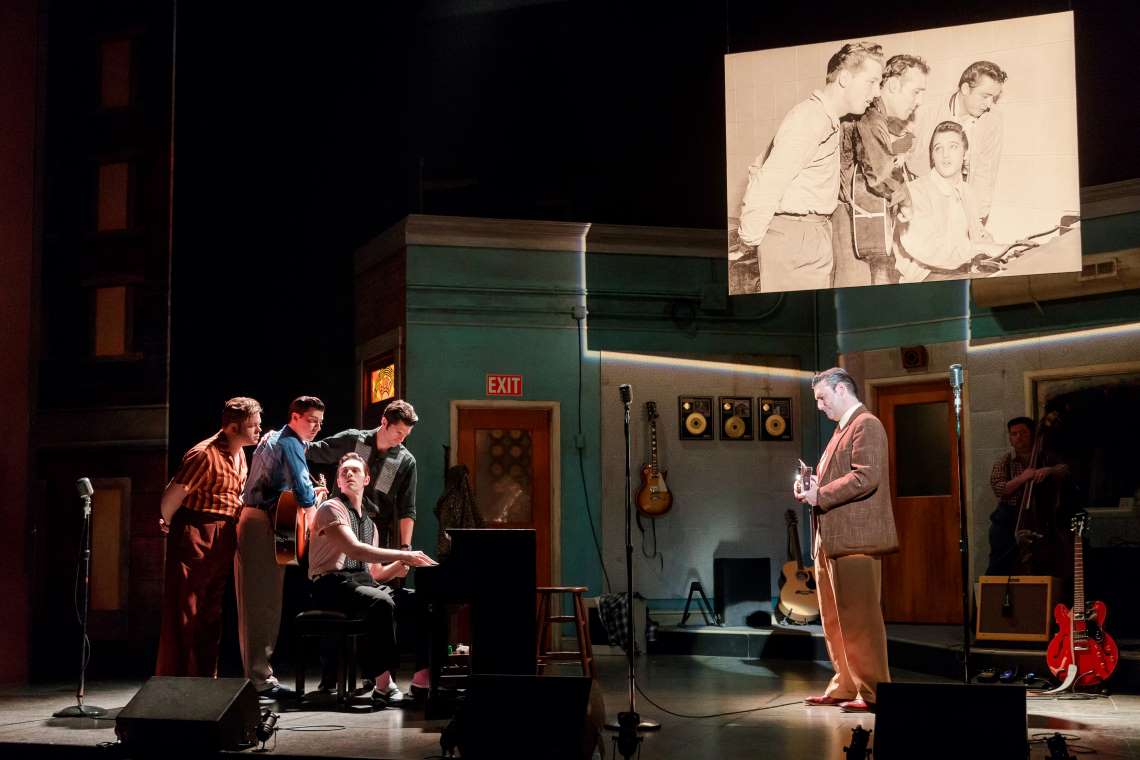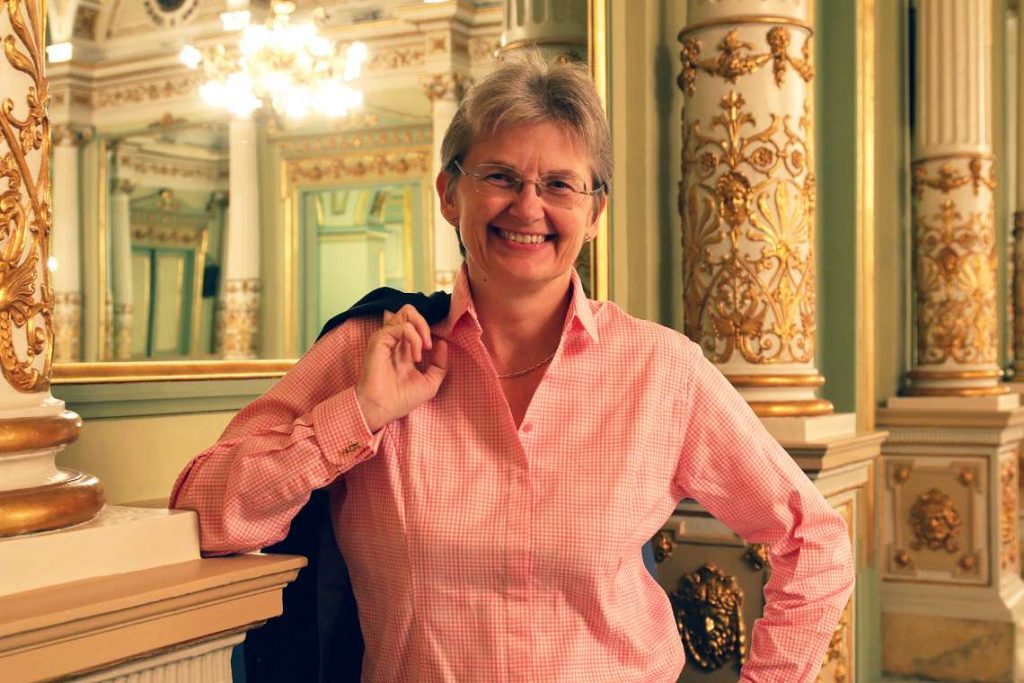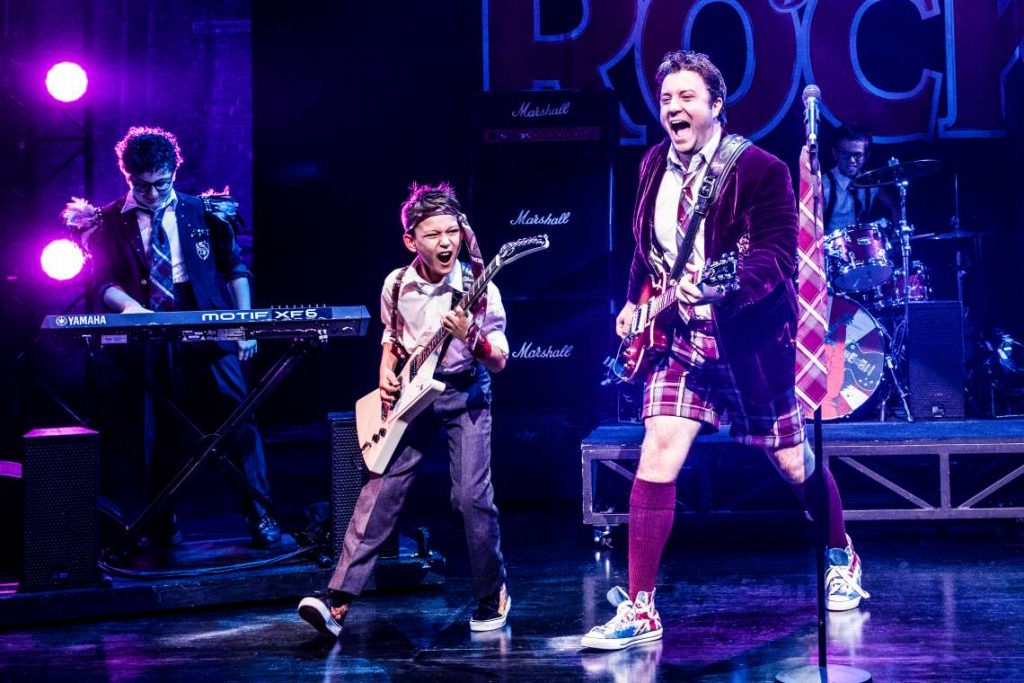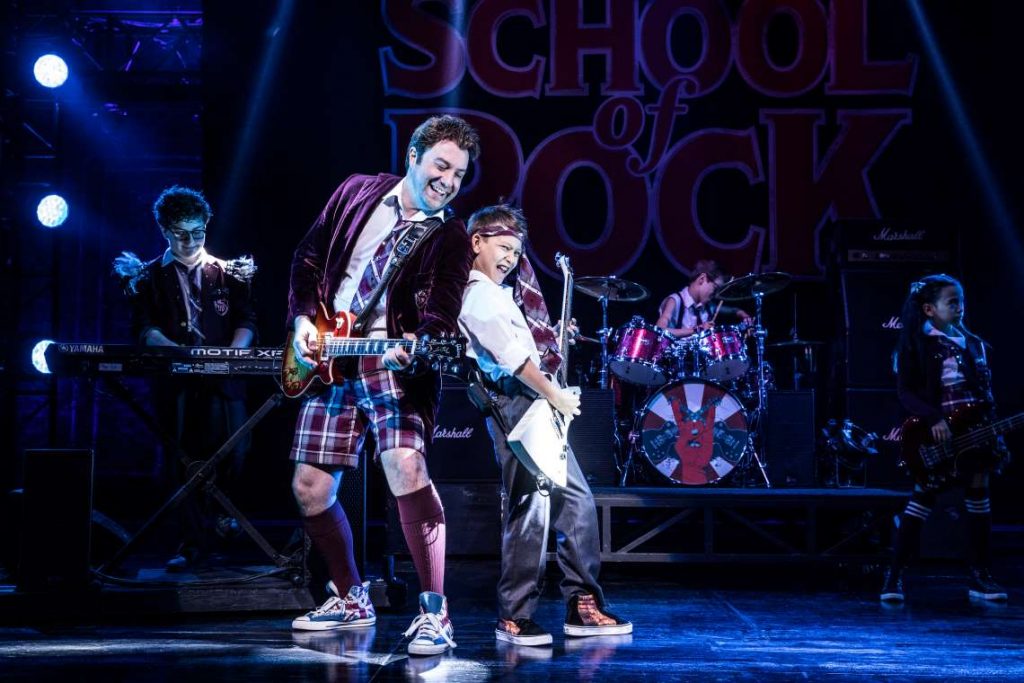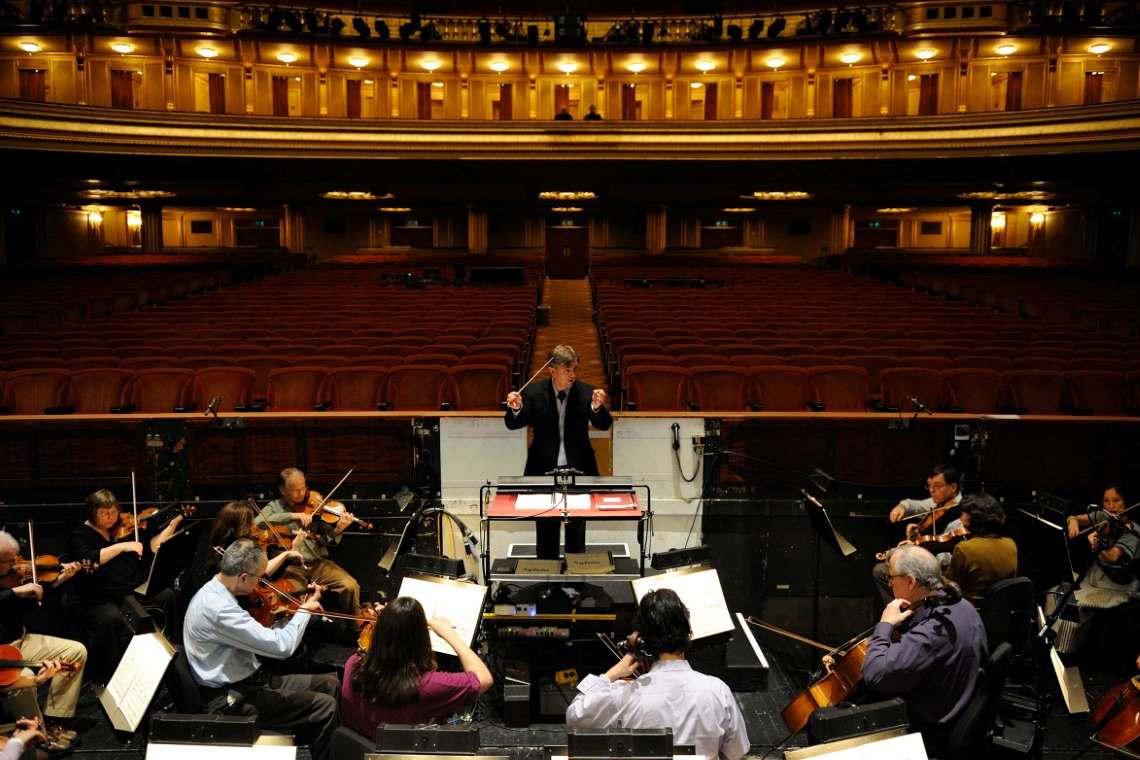Pacific Northwest Ballet’s final show of the season, Themes & Variations, marks the return of Price Suddarth’s Signature to McCaw Hall. The PNB soloist created this piece for PNB’s mainstage repertory in 2015, and it conveys the same fabulous energy that Suddarth has brought to his dance performances in Seattle since 2010. It’s also a highly personal piece crafted from the friendships and knowledge of the company’s dancers that only a true insider could have.
Rosemary Jones: How does your career as a dancer influence your choreography for Signature?
Price Suddarth: As a choreographer my movement style is extremely physical—likely stemming from my own similar movement quality as a dancer currently. In the studio, I begin within the confines of the classical ballet vocabulary, then begin to operate beyond it by developing and “stretching” the physicality within each step. Through this extreme physicality it is possible to research notions like kinetic energy—how it flows through the body and how to demonstrate that to an audience. In the end the desired effect would give the viewer a sense that the dancer is both fighting hard to shape their movements while also being blown through the air like a leaf in the wind.
Signature gives every dancer a distinct movement—their signature style as it were—and you spoke at the time about how connected the choreography was to your work with these dancers in the past. Did you need to adjust anything in the choreography for the 2019 presentation?

In the creation of Signature every section had its own specific theme, largely influenced by the original cast. Coming back to it now I’ve been adjusting and tweaking to tailor these sections to the current dancers while also preserving the original intent. I always say there are 16 members of the cast—15 dancers and myself. While some dancers are new, there are some returning as well as myself. The changes in the piece correspond with those that have happened in the dancers themselves as well as in myself as a person and choreographer over the past few years.
The music is gorgeous and references Vivaldi while actually being an original composition for Signature. How did you work with composer Barret Anspach to achieve this?
Barret Anspach and I corresponded over a two-year period brainstorming how to incorporate Vivaldi music into a new composition and also how to tailor it to dance. Barret is the brother of a former PNB company member so luckily the language of ballet was not an entirely foreign concept to him.
Why was it important for the music to sound familiar to the audience?
Because Signature was my first introduction to the larger Seattle audience as a choreographer, I wanted to make a statement of who I am. I wanted there to be elements of the whole show that were easily recognizable, demonstrating a common starting place where I would jump from. My movement goes beyond classical ballet vocabulary thus the music needed to start from a place of understanding and then push past.
Where do you see your career as a choreographer going?
I can’t exactly be sure what’s next. Over the last five years since the premiere I’ve been working with various companies around the country as a choreographer. I’ve been greatly influenced by many different styles and many different voices in various environments. As a result, I’ve found a strong push to develop a very specific choreographic voice to call my own. I’d love to bring that back to Seattle again.
Which is harder: standing in the wings waiting to dance or sitting in the audience waiting for a piece that you choreographed to be performed?
I’m one hundred percent more nervous waiting for a piece of mine to be performed than preparing to dance myself. There’s something terrifying about giving up all control—even just for 30 minutes between curtains. No matter how much trust you have in your dancers there will always be that brief moment where you can’t do anything and are forced into a passive role while you watch your very personal idea be placed on display for 3,000 people to see.
Price Suddarth’s Signature can be seen as part of Pacific Northwest Ballet’s last performance of the season, Themes & Variations showing now through June 9.
Rosemary Jones has written about arts and culture in the Pacific Northwest for the Cornish Magazine, Capitol Hill Times, Encore, Examiner.com and others. Additional work can be seen at rosemaryjones.com.

